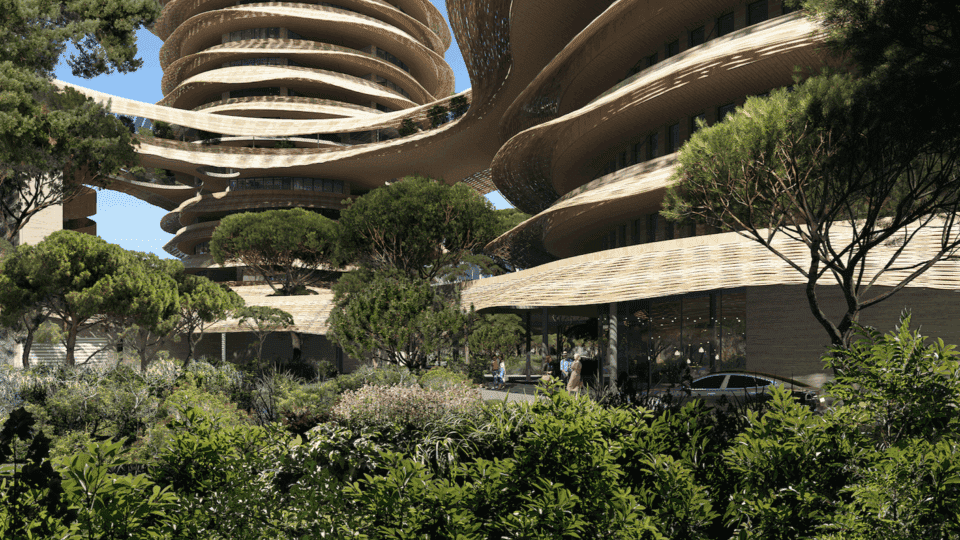In an age that prizes acceleration – where cities grow upwards and outwards at record pace, and buildings are often erected with the logic of impermanence – it’s rare to encounter an architectural gathering that invites a deliberate pause. Yet, this is precisely what the inaugural Copenhagen Architecture Biennial proposes. Running from 18 September to 19 October, the event is conceived not as a showcase of speed or scale, but as a measured reflection on our collective future. Under the quietly radical theme Slow Down, it becomes a conceptual intervention – an extended moment of stillness within the noise of progress.
Helmed by Josephine Michau, whose curatorial sensibilities shaped Denmark’s participation in the 2023 Venice Architecture Biennale, the new biennial offers something distinct. Not another city-wide celebration of buildings, but a thoughtful recalibration of architecture’s role in planetary health and social well-being. “We want to create space for critical reflection,” Michau says, “and offer an alternative to the fast and extractive pace that defines our times.” This impulse to reframe architectural discourse is echoed across 2025’s global architecture landscape. The Venice Architecture Biennale, led by curator Lesley Lokko, returned with the theme The Architecture of Care, placing ethical labour and collective healing at the heart of spatial practice. Meanwhile, the Seoul Urban Futures Forum spotlighted adaptive reuse in hyper-dense environments, asking how existing structures could meet emerging socio-climatic demands. At the 2025 Chicago Architecture Biennial, After Building, curated by David Adjaye, experimental practices speculated on post-construction futures through material disassembly, systems ecology, and spatial degrowth. These events, like Copenhagen’s, reflect a growing desire to dismantle the myth of endless expansion and focus instead on architecture’s responsibilities – ecological, social and temporal.
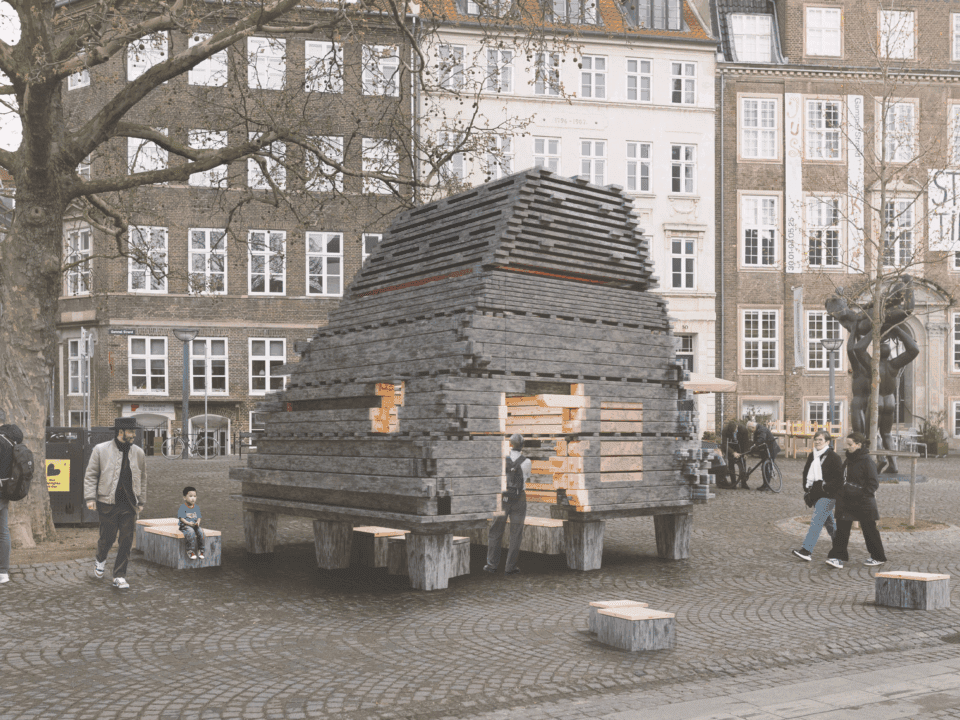
There is both poetry and pragmatism in the biennial’s layout. Over 150 events unfold across Copenhagen and Malmö, including exhibitions, film screenings, talks, and two temporary pavilions erected in the city’s cultural district. These pavilions – selected through an open call – are not only functional structures, but propositions in timber and brick, arguments made from reclaimed material. Barn Again, a collaboration between Tom Svilans, THISS Studio, and others, draws on the language of agrarian architecture. Timber salvaged from a Norwegian barn finds new life through a synthesis of handcraft and digital precision. As Amy Frearson, jury member and editor-at-large at Dezeen, notes, “Together, they offer a bold vision for how architecture can respond to our changing world.”
The second pavilion, Inside Out, Downside Up by Slaatto Morsbøl, conjures a tactile encounter with found materials – ventilation pipes, perforated bricks, thatching reed. It’s a structure of contradictions and inversions, where the rough becomes refined, and the utilitarian becomes expressive. By challenging accepted hierarchies of material and form, the piece is emblematic of the biennial’s broader intention: to reorient our architectural imagination away from monumentality and toward meaning.
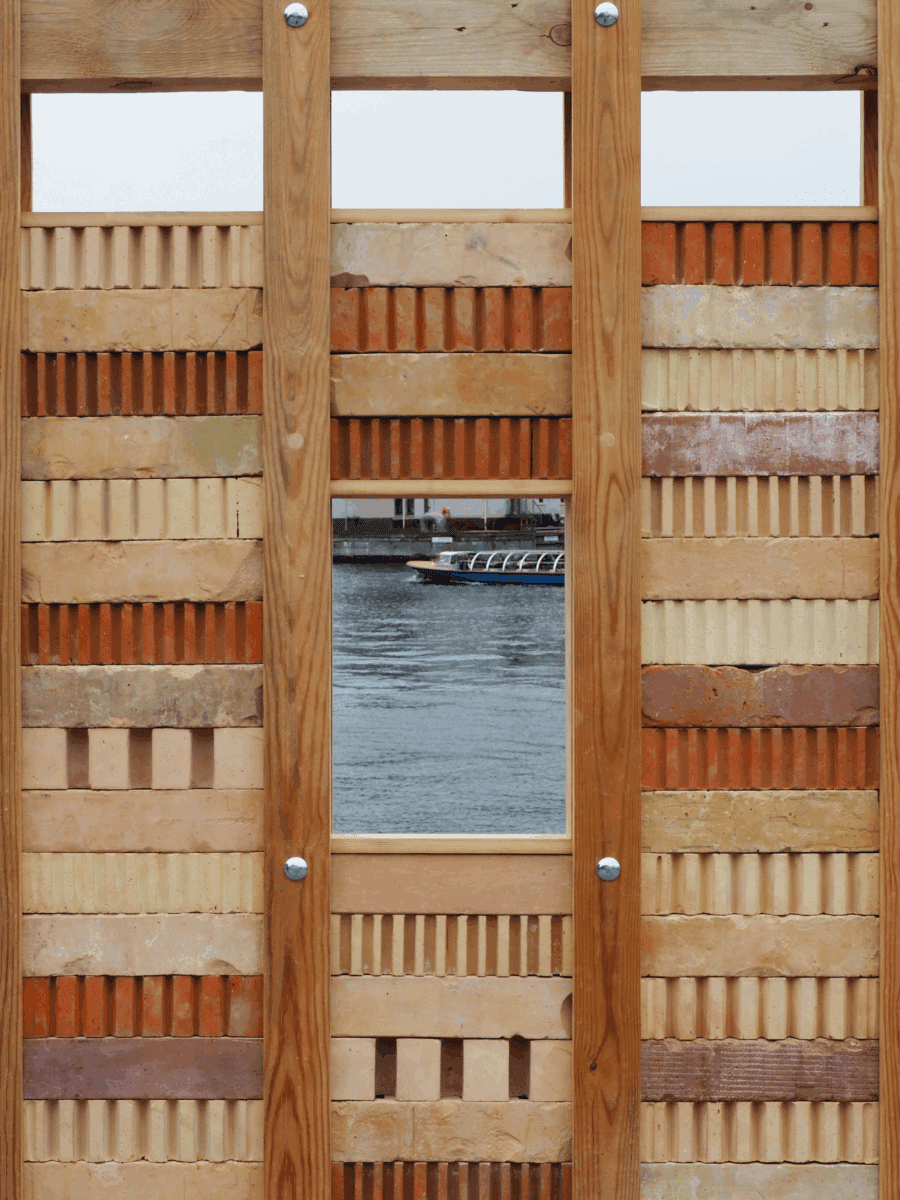
This impulse carries through the central exhibition, Slow Down, which stretches across two venues – Copenhagen’s Halmtorvet 27 and Malmö’s Form/Design Center. Here, the fast-paced metrics of industry are replaced with something altogether stranger and more ambiguous. Visitors encounter work at the intersection of architecture, art, and systems design. From CENTRALA’s urban inquiries to Studio Tideland’s ecological storytelling, each contribution operates as a disruption, shifting architecture’s lens from product to process, from mass to atmosphere. Rather than offering blueprints for the future, the exhibition asks: What forms of attention might sustain us in the present?
The film programme deepens these investigations by shifting the architectural discourse into cinematic terrain. Carefully curated selections offer an atmospheric meditation on place, time, and inhabitation. World premieres sit alongside classics such as Jacques Tati’s Mon Oncle, introduced by urbanist Jan Gehl, and William H. Whyte’s seminal The Social Life of Small Urban Spaces. These films don’t just depict architecture; they embody its rhythms, its disruptions, its intimacies.
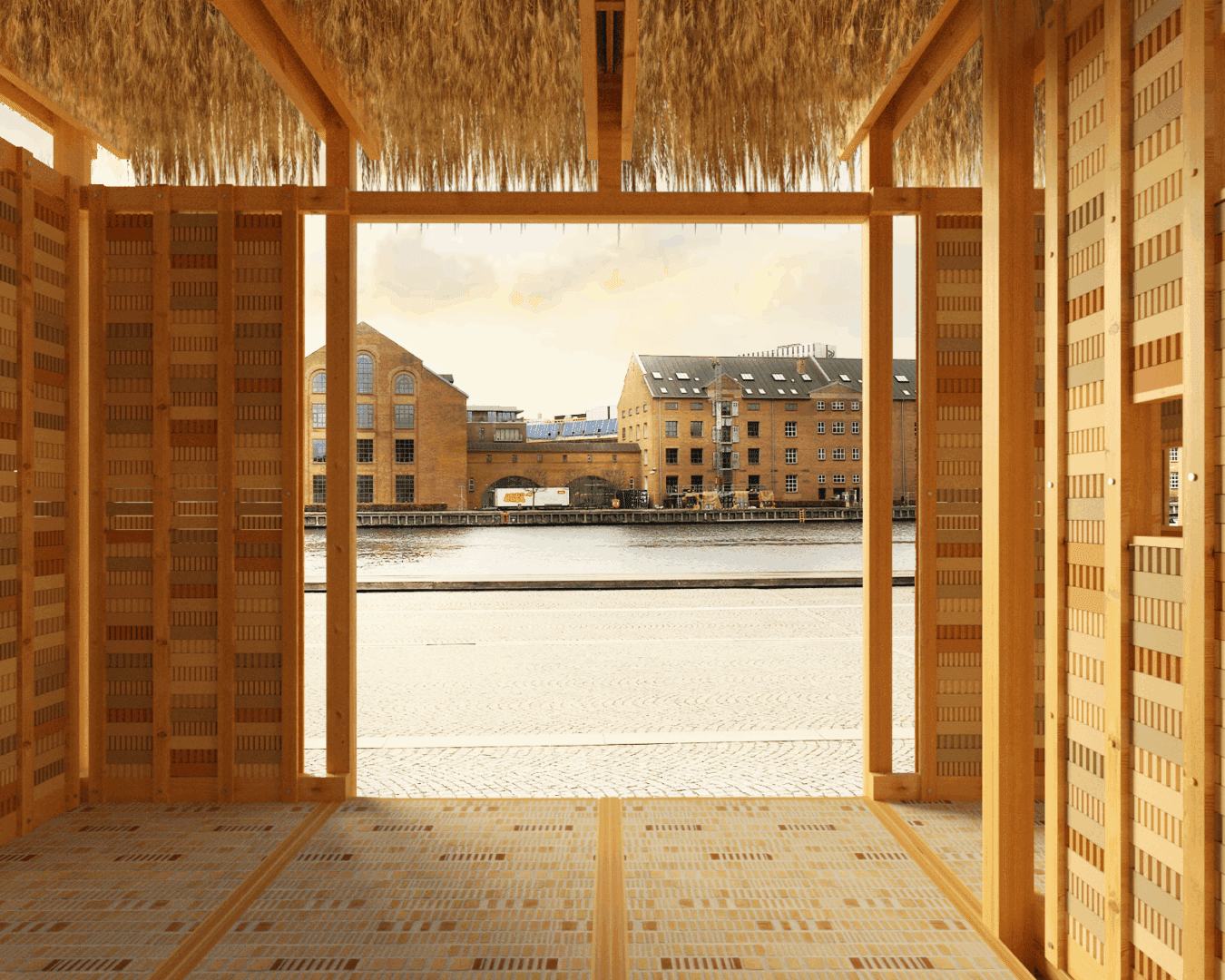
At the centre of the series is Make Materials Matter, a portrait of Søren Pihlmann, whose work foregrounds material consciousness. This is a film not about objects, but about relationships—between site and system, permanence and decay. Other screenings by Dorte Mandrup, Kate Orff and the celebrated duo Bêka & Lemoine expand the frame further, interrogating everything from urban erosion in Bangkok to post-industrial mutations in Brussels.However, the biennial is not solely a space for reflection; it is also a platform for structural rethinking. The Assemble! symposium convenes practitioners, theorists, and policy makers to discuss the systems that underpin the building industry—and how they might be reimagined. Figures like Indy Johar (Dark Matter Labs), Kate Orff (SCAPE), and Anders Lendager (Lendager Group) explore legislation as an instrument of design, one that could support regenerative practice.
Søren Pihlmann, Rikke Juul Gram, Dan Stubbergaard and others join in to share built case studies—living evidence that slower does not mean stagnant, and that sustainability is not a side note, but a structural principle. If architecture has often been complicit in resource depletion and spatial inequality, then the conversations at Assemble! suggest the tools for its repair already exist. The biennial opens at the Thorvaldsens Museum, a neoclassical building that has long stood as a monument to permanence. Here, in the shadow of carved stone, performances, DJ sets, and family-friendly events mark a different kind of beginning – one rooted not in spectacle, but in shared curiosity.
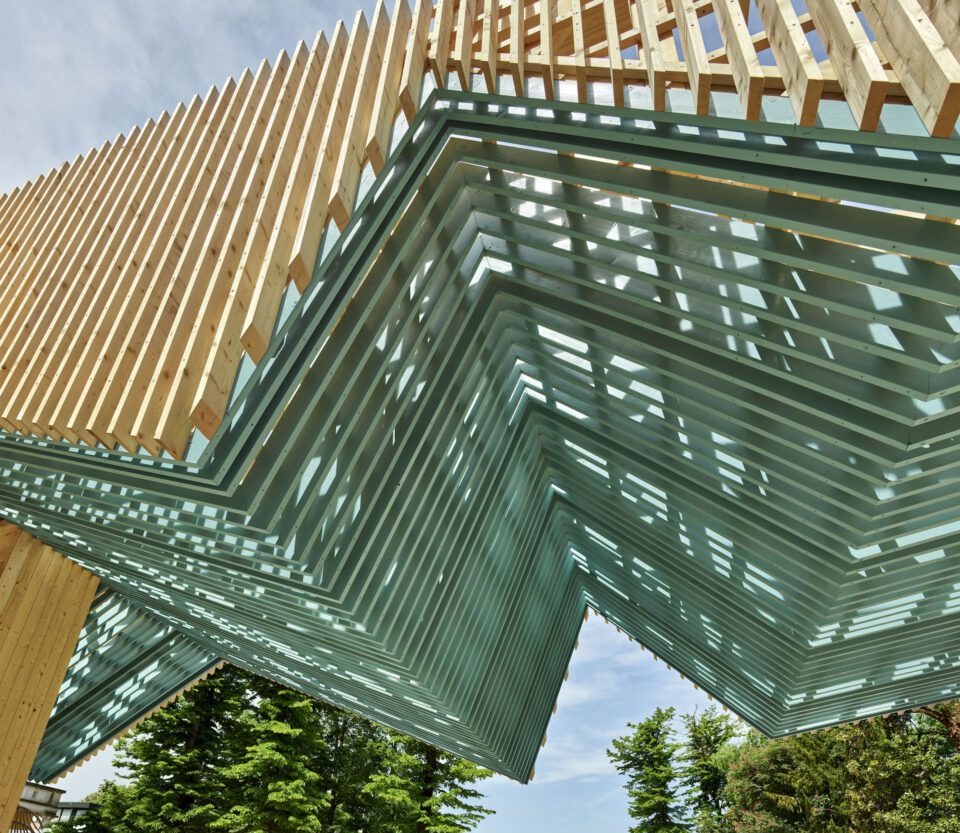
The shift from the previous festival format to a biennial structure speaks volumes. Longer intervals imply deeper engagement. It’s a refusal of burnout culture, a quiet endorsement of duration over disruption. The biennial doesn’t claim to have all the answers. Rather, it creates the conditions for asking better questions. What happens when we unhook architecture from the idea of progress as speed? How do materials age when they are chosen with care? What stories do buildings tell when we stop to listen?
In a city often praised for its liveability and design intelligence, Copenhagen Architecture Biennial proposes a new kind of excellence – one measured not in innovation for its own sake, but in attentiveness and reuse. Slowing down does not mean looking back. It means taking time to choose the right direction.
Copenhagen Architecture Biennial runs from 18 September – 19 October: cafx.dk/biennial
Words: Shirley Stevenson
Image Credits:
1. Photograph by Tim Hursley. Courtesy PORCH: An Architecture of Generosity Organizers. From Venice Architecture Biennale.
2. Barn Again. Render. © Tom Svilans & THISS Studio.
3. Inside Out, Upside Down. © Slaatto Morsbøl.
4. Inside Out, Upside Down. © Slaatto Morsbøl.
5. Coldefy, OASIS © Pneuma. From Venice Architecture Biennale.


